“To Sardar Patel, but for whom mine eyes would not have seen the shine of Somnath rise again”. This is how K.M.Munshi dedicates his book, “Somanatha -The Shrine Eternal”, to Sardar Patel. The book recounts the fascinating Somnath temple story and the Somnath temple history. One of the greatest temples that have survived the march of time.
The dedication of Munshi’s book to Sardar Patel speaks volumes of the importance of the Somnath Temple to India as well as the role played by Sardar Patel and of course K.M.Munshi himself in rebuilding the Somnath temple that lay in ruins after India’s independence. The Somnath temple is said to have been destroyed no less than 17 times and still stands tall and mighty today while its marauders have bitten the dust and lie in some obscure corner of the world.
Why is the Somnath temple so important? Who built Somnath temple? Why was it destroyed so many times and rebuilt again and again? Why does it occupy a unique position among the temples of India? What is the significance of this Shiva Temple and how is it different from other Shiva temples like those in Gokarna, Varanasi, etc.?
To find answers to these and many other questions one needs to delve deep into the Somnath temple history which in many ways is also the history of the land, of India itself. The Somnath story starts from the time of creation itself according to mythology. It all started with the Moon God being cursed by his father-in-law, Daksha. Read on to know more about the Somnath story as we delve deep into the Somnath temple history, myths, and lesser-known facts about the Somnath temple.
Table of Contents
Somnath Story | Somnath Temple History – The Ultimate Saga of Resilience

The triangular flag flutters in the breeze that blows across from the Arabian Sea. Seagulls fly above the blue waters. Devotees wait patiently in a queue for the much-awaited Somnath Darshan. A family poses in front of the imposing Somnath Temple for a picture. The sun is setting behind the temple in a blaze of orange, its rays making kaleidoscopic patterns on the rising and ebbing waters of the sea. A mother runs playfully as her toddler waddles behind her. The Somnath temple seems to be covered in an aura of peace and tranquility.
This oasis of serenity was not always peaceful. Its peace had been ruptured and its sanctity violated repeatedly across time by invading marauders drawn by its riches and the fact that it symbolized faith, a faith that was alien to them and about which they had no inkling.
Today, the Somnath temple is much bigger than its physical form. It is a standing monument to the faith and undying determination of the people who have inhabited the region from the beginning of time itself.
The Myths And Legend of Somnath – The Somnath Story | Somnath Temple History
The Somnath temple is shrouded in an incredible aura of myths and legends. To understand the Somnath story one needs to dive deep into the mythology of the Somnath temple.
The Somnath temple story starts with the partiality of Chandra (the Moon God) to Rohini, one of his 27 wives who were all daughters of Daksha Prajapati, the son of Brahma. The sisters of Rohini were jealous of the extra attention that Rohini received and complained of this to their father. In spite of a warning, the Moon did not mend his ways and the angered Daksha Prajapati cursed him, because of which the Moon lost his lustre.
Alarmed with the curse of Daksha Prajapati, the Moon rushed to Prajapati Brahma, the creator of the World. Brahma advised him to visit Prabhas Teerth, bathe in the Triveni Sangam where the rivers Hiran, Saraswati, and Kapila meet and worship Lord Shiva there. The Moon did as he was advised and was relieved of his curse. As a token of gratitude he built a temple in Gold to honor Lord Shiva and the temple came to be known as Somnath.
Interpretations from the Puranas say that the Moon had built a golden temple and entrusted the worship and upkeep of the temple to the Sompura Brahmins whom he had created specifically to do Yajnas and other ceremonial worship to Lord Shiva during the prathishta or installation ceremony of the temple.
Even today there lives in Somnath a community of Sompura Brahmins who trace their ancestry to the moon. In fact, when the Somnath Temple was rebuilt after Independence, the masons and artists who gave shape to it were from the Sompura Salat community, a branch of the Sompura Brahmin community known for their architectural and artistic skills.
Legend has it that ages after the Moon God built the temple of God, Ravana built a temple in silver, and later in the Dwapara Yuga Shree Krishna had a temple of wood built at Somnath.
As per the information on the website of the Somnath Trust, it is believed that the first Somnath Temple was built during the tenth Treta Yug of the Vaivswat Manvantar and calculate this to be some 7,99,25,105 years ago.
Somnath Story | Somnath Jyotirlinga Story – Somnath Temple History

Are you a person who is fascinated by history and would like to delve deep into the Somnath story and the history of Somnath temple?
If yes, we recommend the book, “Somanatha – The Shrine Eternal“.
In terms of Somnath temple history, the main sources of information seem to be the writings of Persian and Arabic travellers. one of the accounts of the Somnath Temple is found in the writings of a 13th century Persian Geographer and traveller named Zakariya al-Qazwini. Below is an excerpt said to be from his book in Arabic titled, “Wonders of Creation”.
‘Somnath is a celebrated city of India, situated on the shore of the sea and washed by its waves. Among the wonders of the place was the temple in which was placed the idol called Somnath. This idol was in the middle of the temple without anything to support it from below, or to suspend it from above. It was regarded with great veneration by the Hindus, and whoever beheld it floating in the air was struck with amazement, whether he was a Mussulman or an infidel.
The Hindus used to go on pilgrimage to it whenever there was an eclipse of the moon, and would then assemble there to the number of more than a hundred thousand. They believed that the souls of men used to meet there after separation from the body and that the idol used, at its pleasure, to incorporate them in other bodies, in accordance with their doctrine of transmigration. The ebb and flow of the tide were considered to be the worship paid to the idol by the sea.
‘Everything that was most precious was brought there as offerings, and the temple was endowed with the taxes gathered from more than ten thousand villages. There is a river, the Ganges, which is held sacred, between which and Somnath the distance is two hundred parasangs. They used to bring the water of this river to Somnath every day, and wash the temple with it.
A thousand Brahmans were employed in worshipping the idol and attending on the visitors, and five hundred damsels sang and danced at the door – all these were maintained upon the endowments of the temple. The edifice was built upon fifty-six pillars of teak, covered with lead. The shrine of tile idol was dark but was lighted by jewelled chandeliers of great value. Near it was a chain of gold weighing two hundred mans. When a portion, or watch, of the night, closed, this chain used to be shaken like bells to rouse a fresh lot of Brahmans to perform worship.
‘When Sultan Mahmud, the son of Sabuktagin, went to wage a religious war against India, he made great efforts to capture and destroy Somnath, in the hope that the Hindus would then become Mohammedans. He arrived there in the middle of Zu-l-ka’da, 416 A. H. (December 1025 A.D.). The Indians made a desperate resistance. They kept going into the temple weeping and crying for help, and then they issued forth to battle and kept fighting till all were killed. The number of the slain exceeded fifty thousand.
The king looked upon the idol with wonder and gave orders for the seizing of the spoil and the appropriation of the treasures. There were many idols of gold and silver, and countless vessels set with jewels, all of which had been sent there by the greatest personages in India. The value of the things found in the temples of the idols exceeded twenty thousand thousand dinars.
When the king asked his companions what they had to say about the marvel of the idol, and of its staying in the air without prop or support, several maintained that it was upheld by some hidden support. The king directed a person to go and feel all around and above and below it with a spear, which he did, but met with no obstacle. One of the attendants then stated his opinion that the canopy was made of loadstone, and the idol of iron, and that the ingenious builder had skilfully contrived that the magnet should not exercise a greater force on any one side – hence the idol was suspended in the middle.
Some inclined toward this explanation, others differed from it. Permission was obtained from the Sultan to remove some stones from the top of the canopy to settle the point. When two stones were removed from the summit, the idol swerved on one side; when more were taken away, it inclined still further, until at last, it rested on the ground.’
This is one account of the destruction of the Somnath Temple by Mahmud of Ghazni. Even before the destruction of the Somnath Temple by Mahmud Ghazni, the earlier version of the temple built by the Yadavas is said to have been destroyed by an Arab Governor named Al-Junayd. and after that, a red-sandstone temple was erected in its place by Nagabhata-II from the Gurjara-Pratihara dynasty.
After the Somnath Temple was desecrated and destroyed by Mahmud Ghazni, it was again built by King Bhima I who belonged to the Chalukyas of Gujarat who then ruled over parts of what is Gujarat and Rajasthan now. The temple was again destroyed by the army of Allauddin Khalji.
The Somnath temple rose again, rebuilt by Mahipala I who belonged to the Chudasma dynasty of the region during the earlier part of the 14th century. however, the temple again was razed to dust towards the end of the 14th century by Zafar Shah who was the then Governor of Gujarat under the rule of the Delhi Sultanate.
The sacred temple next bore the brunt of an attack by Mahmud Begada, the then Sultan of Gujarat during the mid of the 15th century. Finally, it was the turn of Aurangzeb who wanted the Somnath temple to be destroyed such that it never surfaced again. In keeping with Aurangzeb’s dictum, the Somnath Temple was destroyed and a mosque came up. Domes appeared between arches and the temple was silenced. However, it seems that the mosque too was abandoned and the Somnath temple lost its shine and lay in ruins, a far cry from its heyday, waiting to rise again, with the resurgence of faith.
After Independence, the initiative to rebuild the Somnath Temple was taken by Sardar Vallabhai Patel and the task was completed by K.M.Munshi with the help of many others including the Jam Saheb of Jamnagar, N.V. Gadgil, and others. Initially, there were some who wanted to preserve the ruins of the old Somnath temple as is, however, Sardar Patel and K.M.Munshi wanted the temple of Somnath to rise again and shine at the very spot where it had straddled the earth from time immemorial.
The sun shone on the resurrected Somnath temple as the then President of India Dr. Rajendra Prasad did the Prana-Pratishta or installation of the deity on the 11th May 1951. A moment that underlined the true independence of India.
Somnath Story – Tales of Bravery
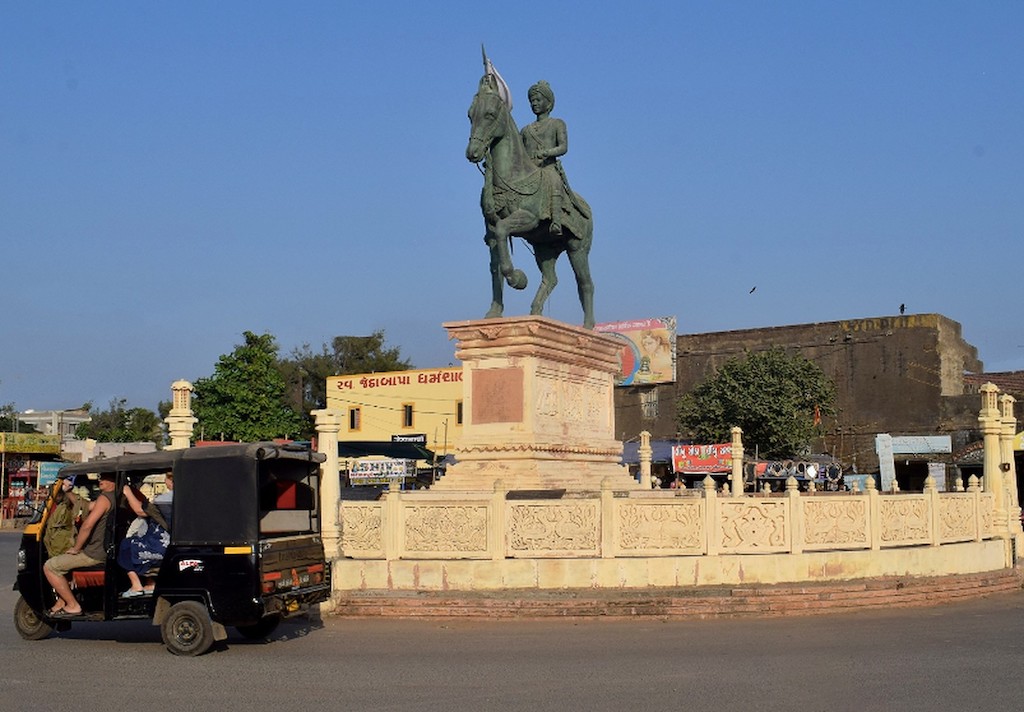
On one hand, the Somnath temple is associated with tales of destruction and rampage, while on the other the pages of history are filled with stories of brave men and women who fought till their last breath to defend the temple. One such story that stands out is the story of Veer Hamirji. A statue of this brave warrior stands some meters in front of the Somnath temple as a tribute to his bravery and sacrifice.
Veer Hamirji who just got married, learned that the Somnath Temple had been overrun with marauders. Without a second thought, he mounted his horse and sped towards Somnath to fight till the last to protect the temple. Legend has it that his head was severed in the fight, but so strong was his determination to protect the temple, that his headless torso continued fighting for some time.
The Importance of Somnath | Somnath Jyotirlinga Story
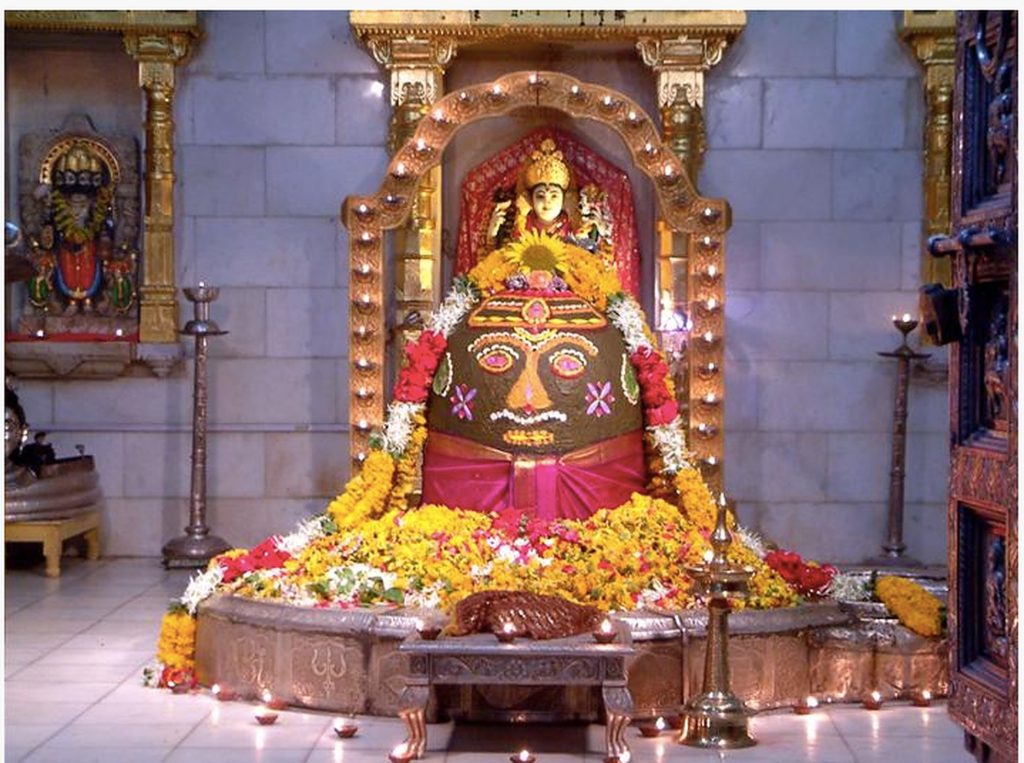
The Somnath temple occupies a place of eminence in India, not because it is an ancient Jyotirlinga temple, not because it is a sacred place for the Hindus, but because it is a symbol of the quintessential character of India. No one explains the importance of Somnath better than K.M. Munshi in his book, “Somanatha – The Shrine Eternal”. The following is an excerpt from the book that underlines the importance of Somnath.
“Somanatha was the shrine beloved of India. It was not merely the shrine of the Hindus; pilgrims of other faiths are referred to in old chronicles as visiting it. In its worship, she found ancient glory and unending inspiration. In maintaining it with magnificence, she felt a throbbing zeal to maintain the core of her faith, tradition, and collective greatness.
An ancient race subconsciously felt that it was Somanatha that connected it with the past and the present; it was the eternal symbol of its faith in itself and its future. As often as the shrine was destroyed, the urge to restore it sprang up more vividly in its heart. That is why Somanatha, as a Jyotirlinga, has been given a premier place in religious literature for ages.”
Somnath Story – All About Jyotirlingas
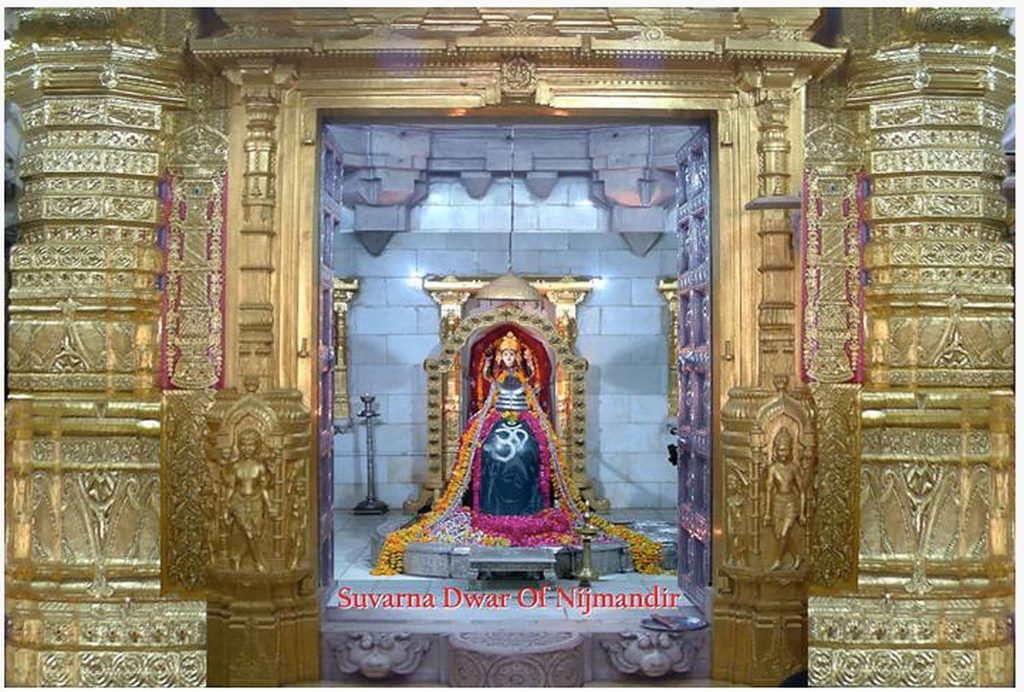
The Somnath temple, Gujarat is considered to be the first Jyotirlinga temple of Lord Shiva. It is believed that there are a total of 12 Jyotirlingas in India. These include the Somnath Mandir in Veraval, Gujarat; Below is a list of the 12 Jyotirlinga temples:
- Shree Somnath Jyotirlinga temple in Veraval, Gujarat
- Ramanathaswamy temple in Rameshwaram, Tamil Nadu
- Grishneshwar temple in Aurangabad, Maharashtra
- Nageshwara temple in Dwarka, Gujarat
- Mallikarjuna temple in Srisailam, Andhra Pradesh
- Baidyanath Temple in Deogarh, Jharkhand
- Mahakaleshwar temple in Ujjain, Madhya Pradesh
- Trimbakeshwar temple in Nashik, Maharashtra
- Vishwanath temple in Varanasi, Uttar Pradesh
- Omkareshwar temple in Khandwa, Madhya Pradesh
- Bhimashankar temple in Maharashtra
- Kedarnath temple in Rudraprayag, Uttarakhand
It is believed generally believed that originally there were 64 Jyotirlingas. 12 of these are said to be the most auspicious and are described in a Sanskrit shloka, Dvadasa Jyotirlinga Stotram, in the Shiva Purana.
But what is a Jyotirlinga? What is the significance of a Jyotirlinga?
It is said that once during a discussion between the trinity of the Hindi pantheon of Gods, Brahma, Vishnu, and Mahesh or Shiva, an argument ensued regarding who was supreme. Shiva then assumed the form of a radiant pillar of light that spanned all the three worlds with no end or beginning. Brahma and Vishnu were asked to find the ends of the pillar of light. Each of them moved in opposite directions to find the ends of the pillar.
Vishnu returned admitting the hopelessness of the task, while Brahma is said to have lied that he had found one end of the pillar of light. The lie infuriated Shiva who cursed Brahma that he would not be worshipped on earth. It is believed that the Jyotirlinga temples are the places where Shiva appeared in the form of the radiant and infinite light. Though the Jyotirlingas are not physically different from other Shiva Lingas, it is believed that when one reaches a higher consciousness and meditates on the Jyotirlingas, Shiva in the form of radiant light is visible.
Somnath Story – The Somnath Temple In Modern Times
The Somnath temple today incorporates the best of modern technology and practices for its maintenance and upkeep. The elegant and sparkling exteriors and interiors though house the collective faith of the people of India that goes back to the very beginning of time.
The current temple is a glowing tribute to the enchanting elements of Chalukya architecture. The temple is handcrafted with love and devotion by the Sompura Salat, a Brahmin community from Prabhas Patan (Somnath) who are masters of ancient temple architecture. Prabhashankar Oghadbhai was the man who designed the temple.
A flag flies high atop the Shikhara which has a Kalash at its pinnacle. The main entrance to the temple is an ornamented gateway known as Digvijay Dwar. A path leads to the Garba Griha where the main idol in the form of the Jyotirlinga of Lord Shiva presides.
A beautifully designed Sabha Mandap or Assembly Hall and a Nritya Mandap or Dance Hall are the other notable features of the Somnath temple. Beautiful carvings and artwork embellish the walls and the ceilings. Behind the temple stretches out the Arabian Sea. It is said that the temple stands at a point where there is no land till the Antarctic. There is an inscription about this on a pillar called Baan Stambh that stands in the temple premises.
Somnath story – Ahalyabai Temple
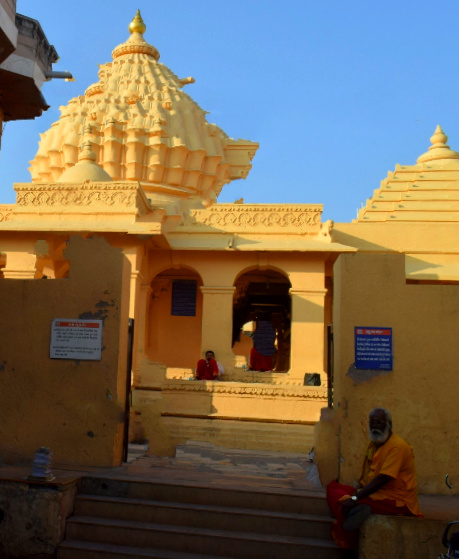
A narrow street towards the right of the Somnath temple leads to a small domed temple. Inside this temple is a Shiv Linga. Devotees can worship this physical embodiment of Shiva with their own hands. Milk, water, and Bel leaves are poured on the Linga with faith and devotion.
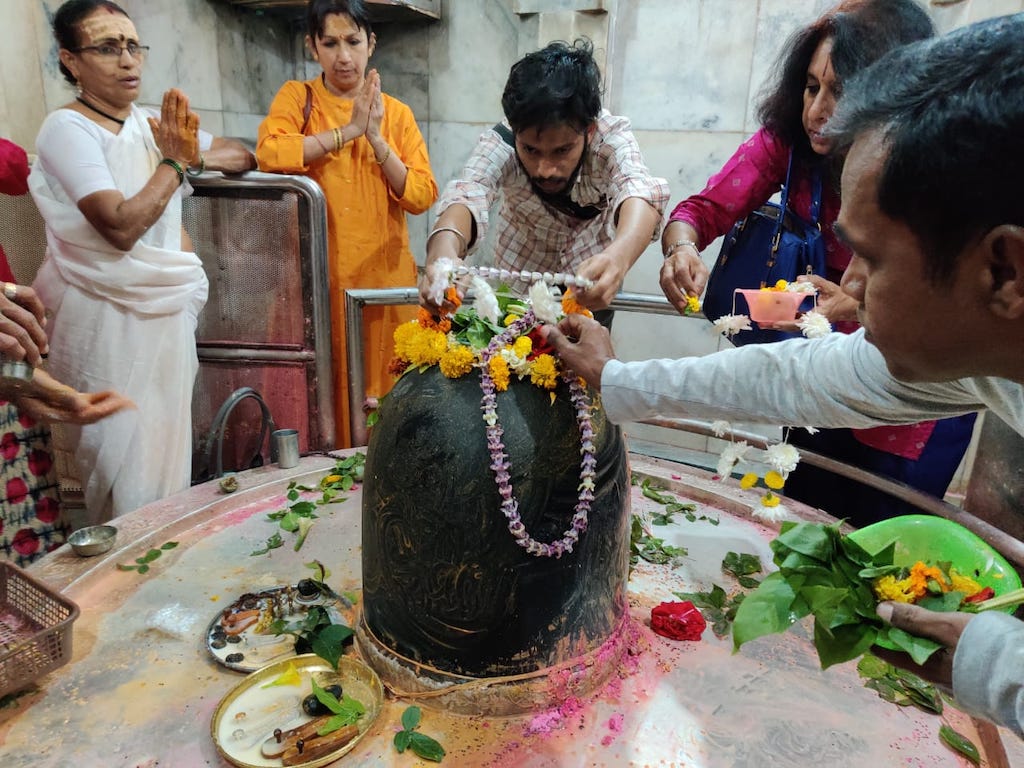
This temple was built by Maharani Ahilyabai Holkar towards the end of the 18th century. Some believe that the Shiv Linga here is the original Shiv Linga of Somnath.
How To Get To Somnath
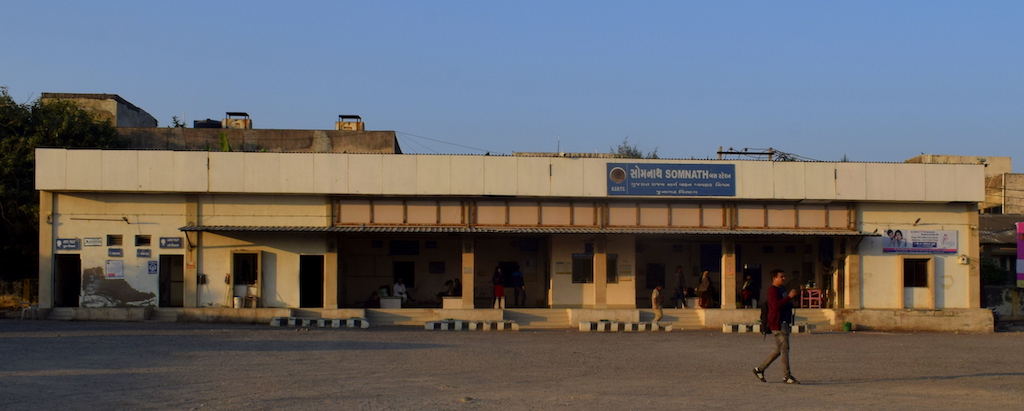
- The Somnath Temple is located in Somnath or Prabhas Patan in the western Indian state of Gujarat
- Somnath is about 409 kilometres from Ahmedabad
- Junagadh to Somnath distance is about 94 kilometres
- Veraval is the nearest railway station and Veraval to Somnath distance is about 6 kilometres
- The nearest airport to Somnath is Diu at a distance of about 83 kilometres
- It is convenient to travel to Somnath Ahmedabad by rail or road, there are good rail and road connectivity
If you are planning a trip to Somnath in Gujarat, India then you can book a cheap flight through TripAdvisor or Agoda or CheapAir or Cleartrip or Makemytrip or Priceline right here. You can fly to Ahmedabad or Diu and then from there you can travel to Somnath by road or train. Some of the options to reach Somnath could be by self-drive car or cab or bus or alternatively take a train.
In And Around Somnath
Somnath occupies a prime place in the history of India. The Somnath story is an incredible and indelible part of our history that one needs to be aware of. It is no surprise that Somnath is one of the most important tourist places in Gujarat and in India. There are many places to visit near Somnath that have tremendous historical and mythological significance. When you plan your Somnath sightseeing trip do make sure that you include these places in Somnath to visit, in your itinerary.
- Somnath Jyotirlinga Temple
- Ahalyabai Temple
- Prabhas Patan Museum
- Triveni Sangam Somnath
- Somnath Beach
- Bhalka Tirth
- Dehotsarg
- Gita Mandir
- Lakshminarayan Temple
- Baldev Gufa
- Shree Parshuram Temple
- Shree Veneshwar Mahadev Temple
- Sasan Gir
- Junagadh
Where To Stay In Somnath
There are plenty of options to stay in Somnath. There is a choice of budget accommodation as well as luxury hotels. We, however, stayed at Sasan Gir and did a day trip to Somnath from there. One can book hotels through TripAdvisor or Cleartrip or Agoda or Makemytrip or Priceline and save a lot by getting the best deals on booking your stay.
| Click to book the best hotels in Somnath |
|---|
What To Eat In Somnath

Somnath like other parts of Gujarat is a place where one can enjoy authentic local delicacies. One can feast on hot snacks like Methi Na Gota, Dalvada, Fafda, Jalebi, and other mouth-watering fares.
| Order food online: Faasos, Firangi Bake, Pizza Hut, Swiggy, Oven Story, Dominos |
|---|
Tips For Visiting Somnath – Points to note
- The temple of Somnath as it stands today was constructed after Independence, just before you enter the temple, there is a small room that displays pictures of the ancient Somnath temple
- Do visit the museum nearby that has a collection from the ruins of the old Somnath Temple photos
- The Somnath temple is brilliantly illuminated at night and there is also a Sound & Light show titled Jay Somnath
- Do not forget to visit the Ahalyabai temple which has an old Shiva Linga that one can worship
- The Somnath temple timings are from 7 AM to 8 PM and Somnath aarti time is 7 AM, 12 noon, and 7 PM
- Do not miss the Somnath sunset which is an ethereal experience
Plan an Ahmedabad, Dwarka, Somanath, and Kutch Tour right here.
Somnath FAQ

What will be the best time to visit Somnath temple?
Though as a sacred place of pilgrimage the Somnath Mahadev Temple can be visited anytime, winter months are the best as summers in the region can be quite hot and the sun blazing.
What is the time needed to take darshan in Somnath temple?
It depends on various factors including your interest, when you are visiting, etc.. However, for just the darshan of Somnath mandir Gujarat, you can plan for a couple of hours.
Who was it that destroyed the Somnath temple?
The temple of Somnath Gujarat has been destroyed multiple times, however with the cries of Jay Somnath, the temple has been resurrected again and again. The Somnath Mahadev Temple – Lord Shiva Temple was plundered and destroyed across the passage of history by Mahmud Ghazni, the army of Allaudin Khalji, Zafar Khan, Mahmud Begada, and the last destruction was by the orders of Aurangzeb. The Somnath story shines as an example of the resilience of the people of the region.
Why is Somnath famous?
The Somnath story finds resonance in the hearts of millions as the Somnath temple is not only the first Jyotirlinga temple but also an icon of the faith of the people.
What to buy in Somnath?
There is a local market near Somnath beach where one can buy anything from traditional dresses to handicrafts and souvenirs.
Are Mobiles allowed inside the Somnath temple?
No, mobiles are not allowed inside the temple premises.
How does one get to Dwarka from Somnath?
The distance from Dwarka to Somnath is about 233 kilometres. One can travel by train, public bus or taxi.
Is there any dress code prescribed for entry in the Somnath temple?
The Somnath temple is a sacred place of worship and one should be dressed appropriately, modestly, and respectfully. Dresses like skirts above the knee and shorts should be avoided. Dress modestly.
Where is the original Somnath Shivling?
It is believed that the original Shivling of Somnath was destroyed during one of the devastating raids by marauders. The present Shivling was installed when the new temple was built after Independence.
Is there any facility for online Darshan of Somnath Jyotirling?
The Somnath Trust has the facility for Somnath temple live darshan that can be viewed here
How many times has the Somnath Temple been destroyed?
The Somnath story is one of destruction and resurrection, again and again, it is believed that the Somnath temple was destroyed at least 17 times.
What is a jyotirlinga?
Please refer to our section about Jyotirlinga above for details. Jyotirlinga is the manifestation of Shiva as an infinite pillar of radiant light.
How can I reach the Somnath temple?
The Somnath temple is about 409 kilometres from Ahmedabad and can be reached by bus or train. Please refer to our, “How to reach Somnath Temple”, section for details.
Are cameras allowed inside the Somnath temple?
Cameras, mobiles, and all electronic equipment are not allowed inside the Somnath temple.
Who raided Somnath temple in Gujarat again and again?
The Somnath story is one of destruction and resurrection. The Somnath temple was looted and plundered time and again by marauders across history of Somnath temple by the likes of Mahmud Ghazni, Allaudin Khalji, Zafar Khan, Mahmud Begada, and others. Somnath history is aligned to the history of the Somnath temple.
Who built Somnath temple in Gujarat?
The current Somnath temple was built after independence and was the vision of Sardar Patel, K.M.Munshi and others. However, the Somnath temple story is full of repeated destruction and rebuilding.
Who reconstructed the Somnath temple after the last attack by Mahmud Ghazni?
The temple was reconstructed by King Bhima I who belonged to the Chalukyas of Gujarat who then ruled over parts of what is Gujarat and Rajasthan now.
How far is Somnath temple from Veraval railway station?
The nearest railway station to Somnath temple is Veraval at a distance of about 6 kilometres.
How to reach Somnath by train?
Veraval Railway Station at a distance of about 6 kilometres from Somnath temple is well connected by train to the main cities of Ahmedabad and Mumbai.
How can I go to Somnath from Dwarka?
One can easily travel by public bus or taxi from Dwarka to Somnath.
How far is Somnath from Ahmedabad?
Somnath is about 409 kilometres from Ahmedabad,
How far is Somnath from Diu?
Somnath to Diu distance is about 83 kilometres.
Which airport is the nearest to the Somnath temple?
The nearest airport to the Somnath temple is in Diu.
How do I get to Gir National Park from Somnath?
One can use public bus services or taxis to travel from Somnath to Gir National Park.
How can I go to Somnath from Rajkot?
One can use public bus services or taxis to travel from Rajkot to Somnath.
Our article on Somnath temple and Somnath history was published in Sakal Times.
Experience the magic of the place through this Somnath video:
We hope you found our Somnath blog about the Somnath story informative and useful. Don’t you think the Somnath story makes for fascinating reading? Do connect with us and let us know your thoughts.
We were hosted by Gujarat Tourism. However, the views and opinions expressed here are our own.
Do You Love Traveling?
Do you want to know how to travel the world? We have put together a very useful travel resources page with best travel tips. Go check it out now.
Thanks for visiting our site Voyager – imvoyager.com and taking the time to read this post!
If you wish to collaborate/work with us then reach us at [email protected]
We’d love if you’d comment by sharing your thoughts on this post and share this post on social media and with your friends.
[shareaholic app=”share_buttons” id=”27413782″]
Follow our journey on our social media channels:
Facebook Twitter Instagram Pinterest YouTube
60+ Million Users Trust TripAdvisor With Their Travel Plans. Shouldn’t You?
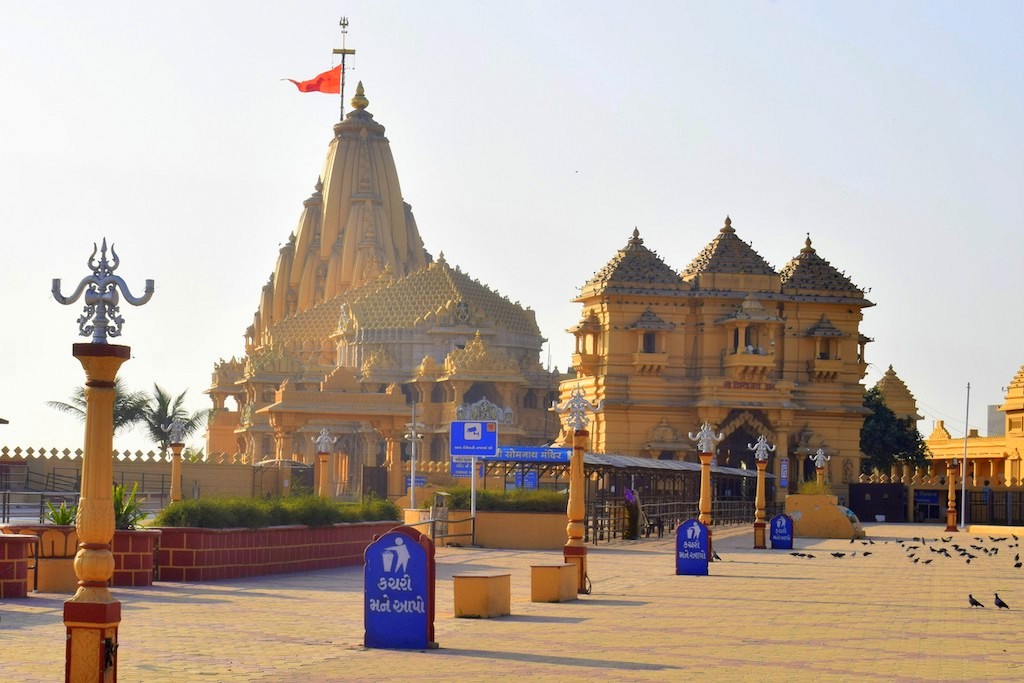
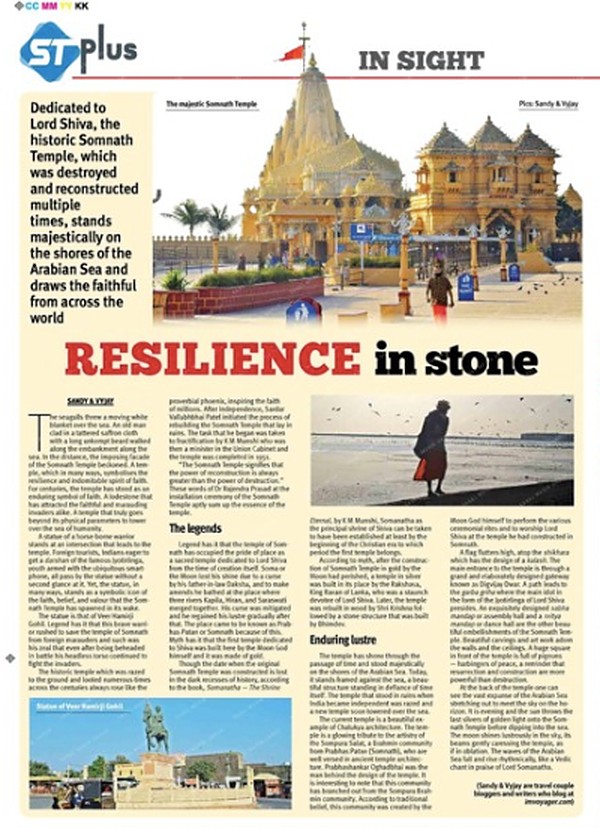




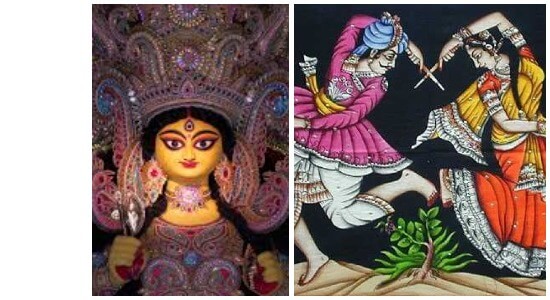
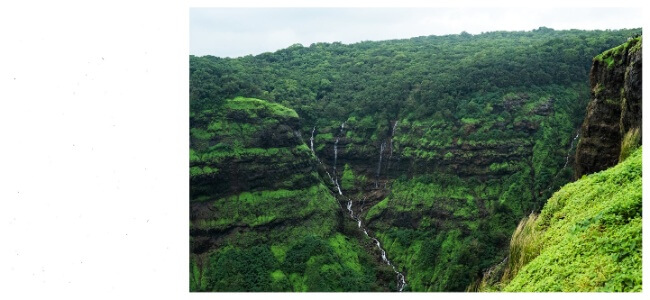
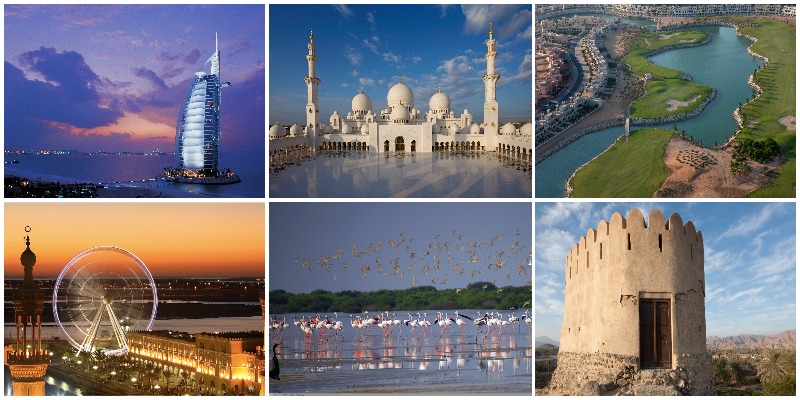
Planning a trip via trip advisor is a good idea , Gujrati cuisine seems delicious with so many options for vegetarians.
Your posts always remain helpful to make a plan to explore new places. I had not much idea about all that happened to Somnath temple. Now, reading these, I can’t wait to visit the temple.
Amazing and insightful story. Great to know about Somnath Temple. Somnath is a living symbol of the rich cultural Indian heritage. Great thoughts.
The picture looks fascinating, seems you guys enjoyed a lot. This place has been on my wish list since long. Indeed a beautiful travel destination
I think they tell this story in light show during evening. When I visited somnath, I heard it during that time. Do you they have created somnath like temple in Ahmedabad as well!
This is such a fascinating and amazing story. Gave so much insight about the great temple. Thanks for sharing.